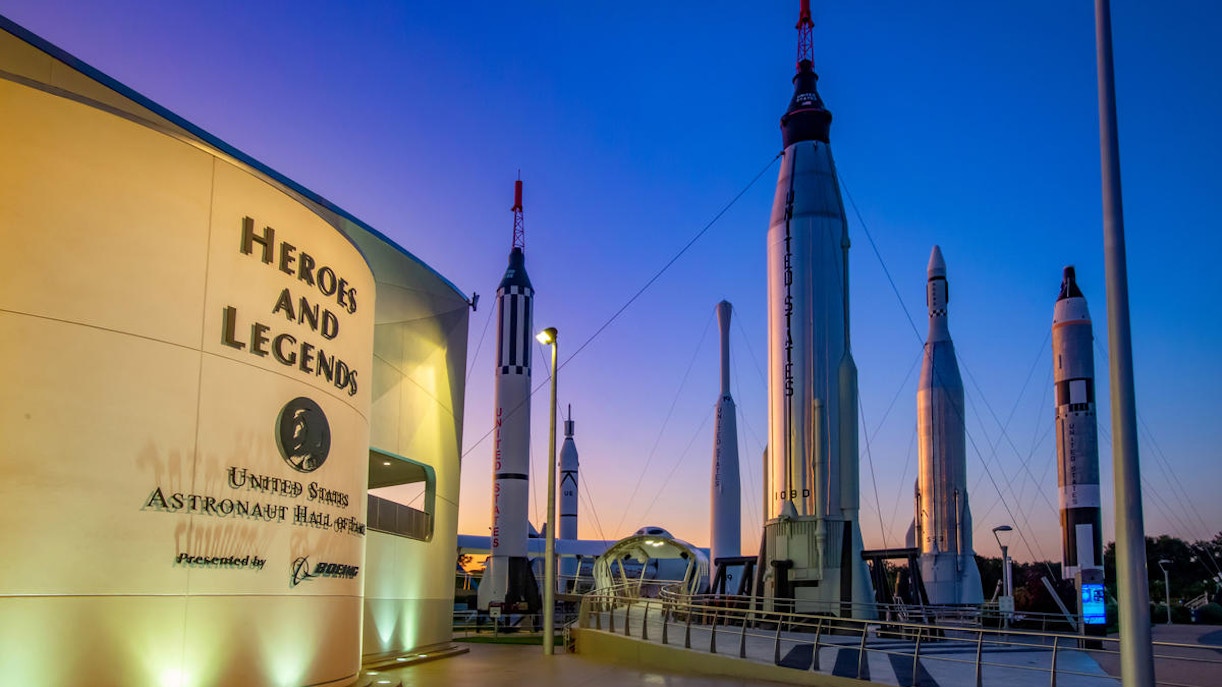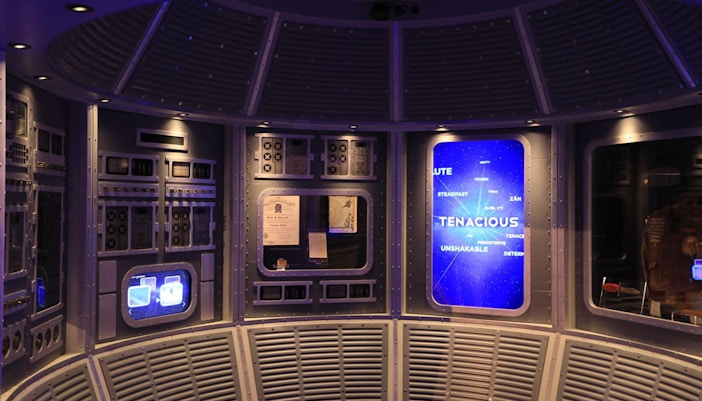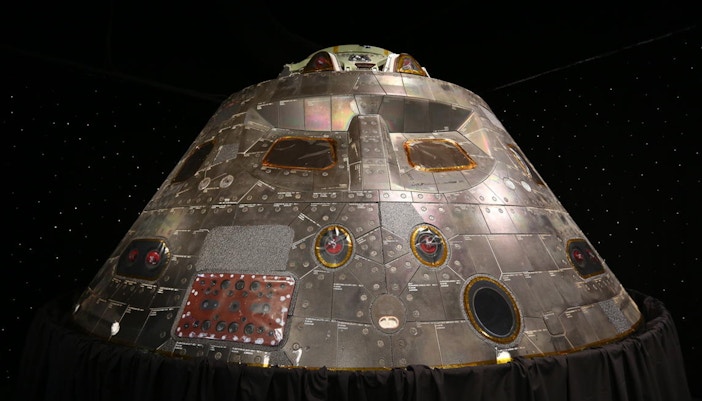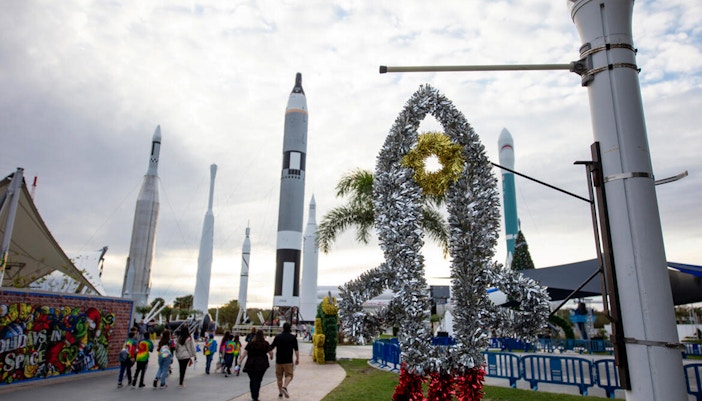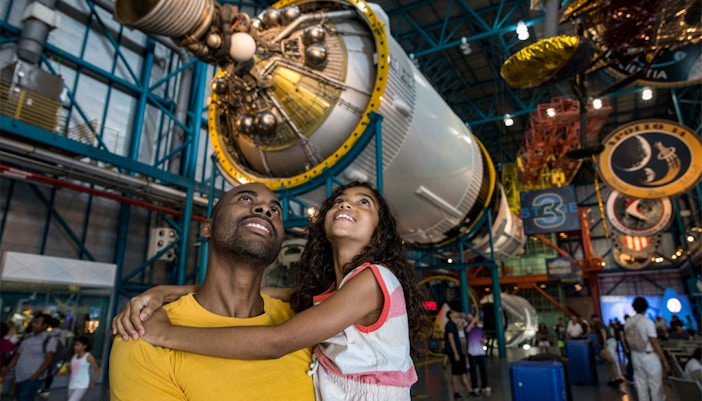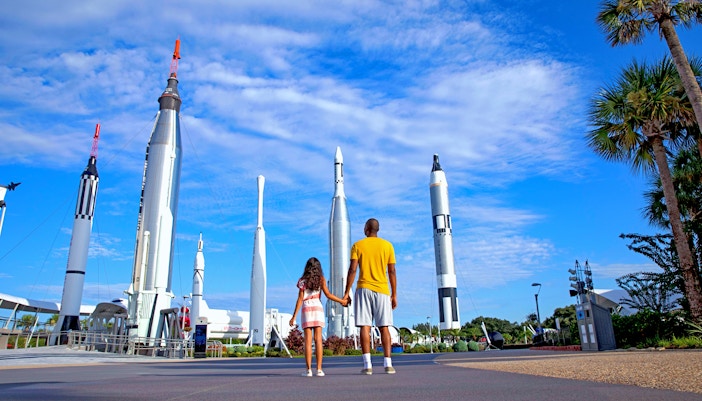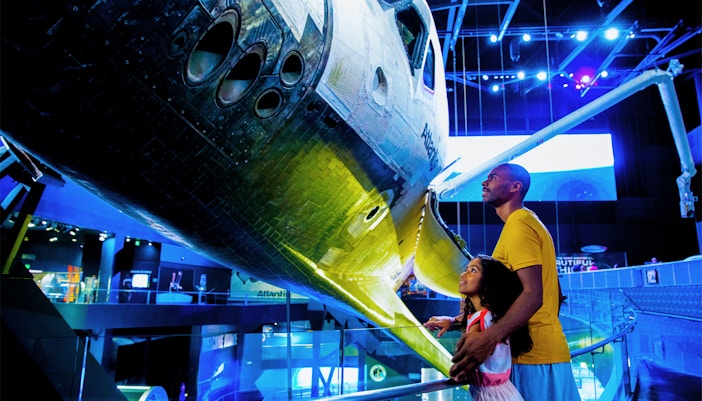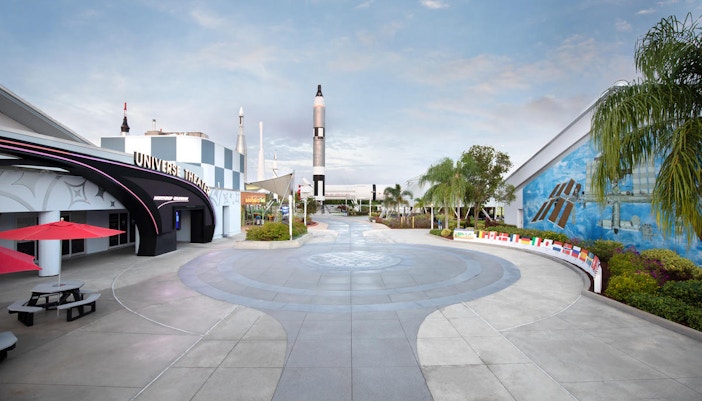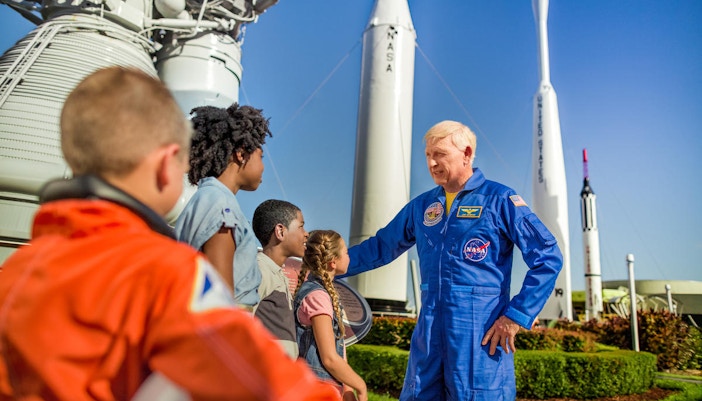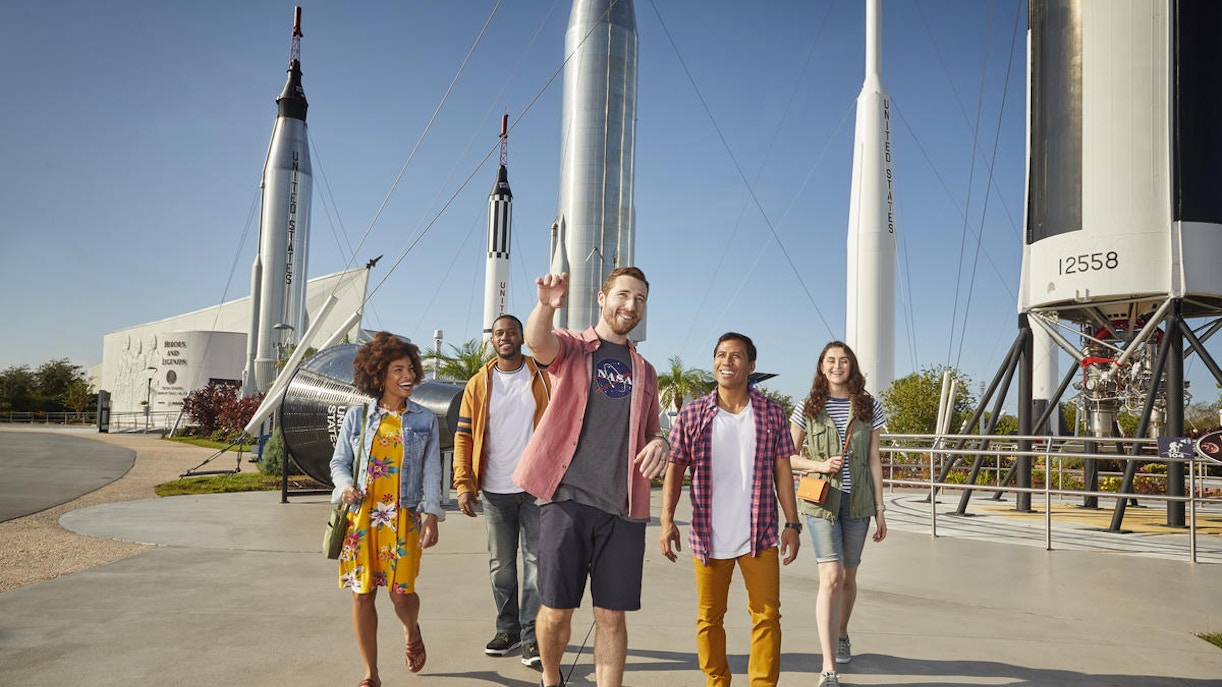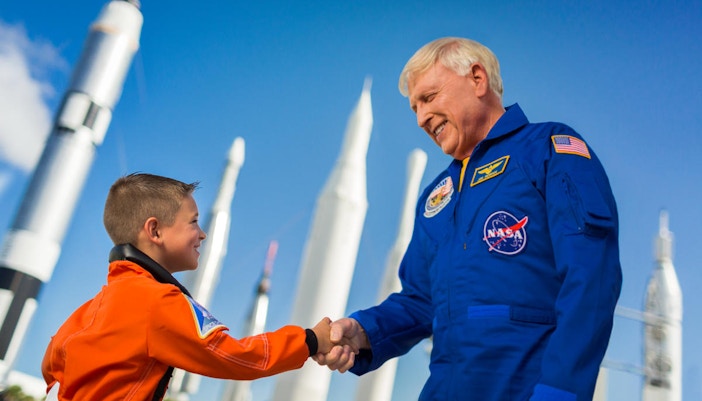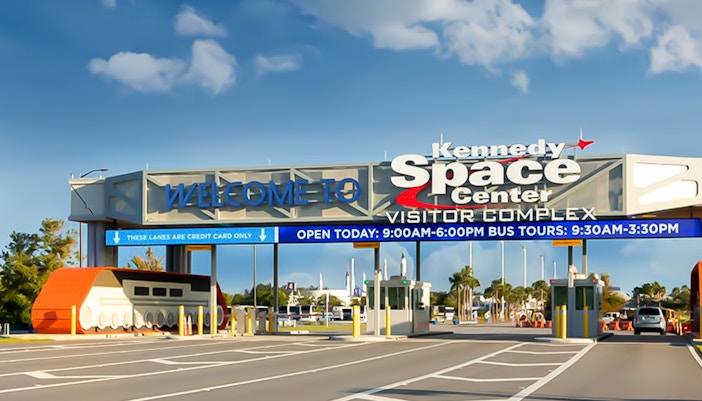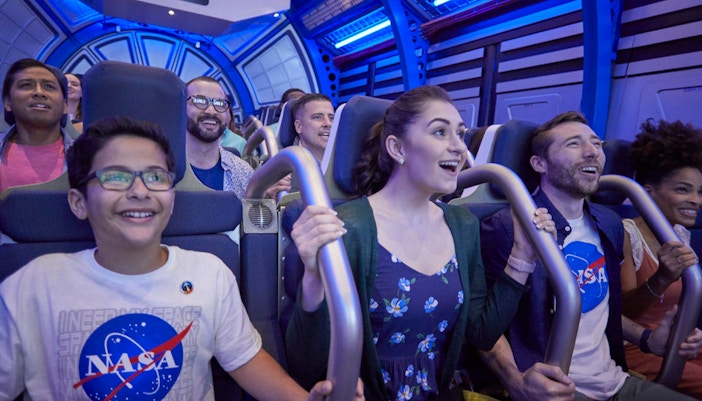The Rocket Garden is home to the most incredible, historic, and real machines that pioneered America’s space exploration program. Most of these rockets have never flown in space but remain an inseparable part of the country’s space history. The place is a tribute to all the scientists and engineers who turned America’s dream of spaceflight into reality starting with the 1961 launch of Mercury-Redstone 3 that completed the first US human space flight.
Marvel at the artifacts on display and take a walk among the giant rockets of the Mercury, Gemini, and Apollo space programs and learn about their most notable missions.
